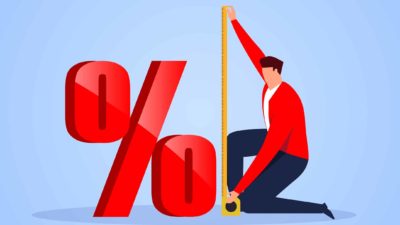The S&P/ASX 200 Index (ASX: XJO) has defied the latest inflation figures from the Australian economy to push higher so far this Wednesday.
The ASX 200 started out strong this morning, booking in an early rise at market open. But the release of the latest inflation figures from the Australian Bureau of Statistics (ABS) at 11:30 am did nothing to halt investors' optimism, even if it resulted in a slight but temporary dip.
At present, the ASX 200 has recovered and is now up a robust 0.98% at just over 7,200 points.
According to the ABS, Australia's monthly consumer price index (CPI) rose 7.3% in the 12 months to November 2022. This figure represents an acceleration of inflationary pressure in the Australian economy.
That's because the inflation rate over the 12 months to October 2022 was 6.9%. According to the ABS Head of Prices Statistics, Michelle Marquardt, this indicates "ongoing inflationary pressures" in the economy.
The most significant sectors of the economy contributing to this inflation include housing (up 9.6%), food and non-alcoholic beverages (up 9.4%), transport (up 9%), furniture, household equipment and services (up 8.4%), and recreation and culture (up 5.8%).
Marquardt cited higher labour, electricity and materials costs as underlying causes of this inflation, the former exacerbated by the restoration of the Federal Government's fuel excise tax last year. 2022's wild weather was also a factor.
Why are ASX shares rising on this high inflation revelation?
So it's rather strange to see the ASX rise after the release of these numbers. After all, this high inflation seems to have taken root in the economy, adding further pressure on the Reserve Bank of Australia (RBA) to continue its recent cycle of hiking interest rates.
And higher interest rates are usually bad news for the share market and ASX shares.
Perhaps investors stayed their hand due to another release out of the ABS.
This confirmed that Australian retail turnover rose by 1.4% in November to a new record high, indicating substantial strength in the underlying economy. According to the ABS, this was partly driven by increasing enthusiasm for the Black Friday sales that occur in November.









